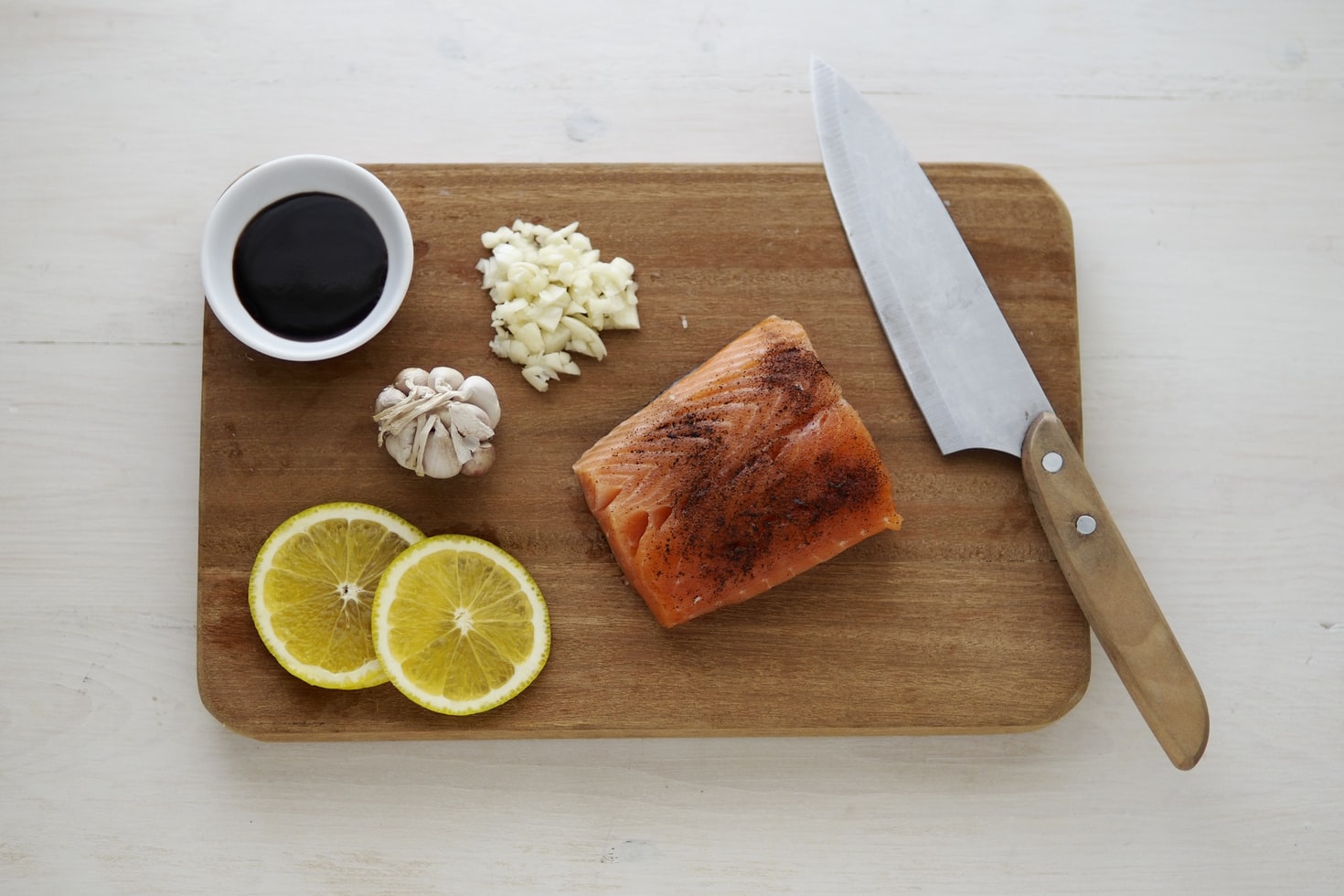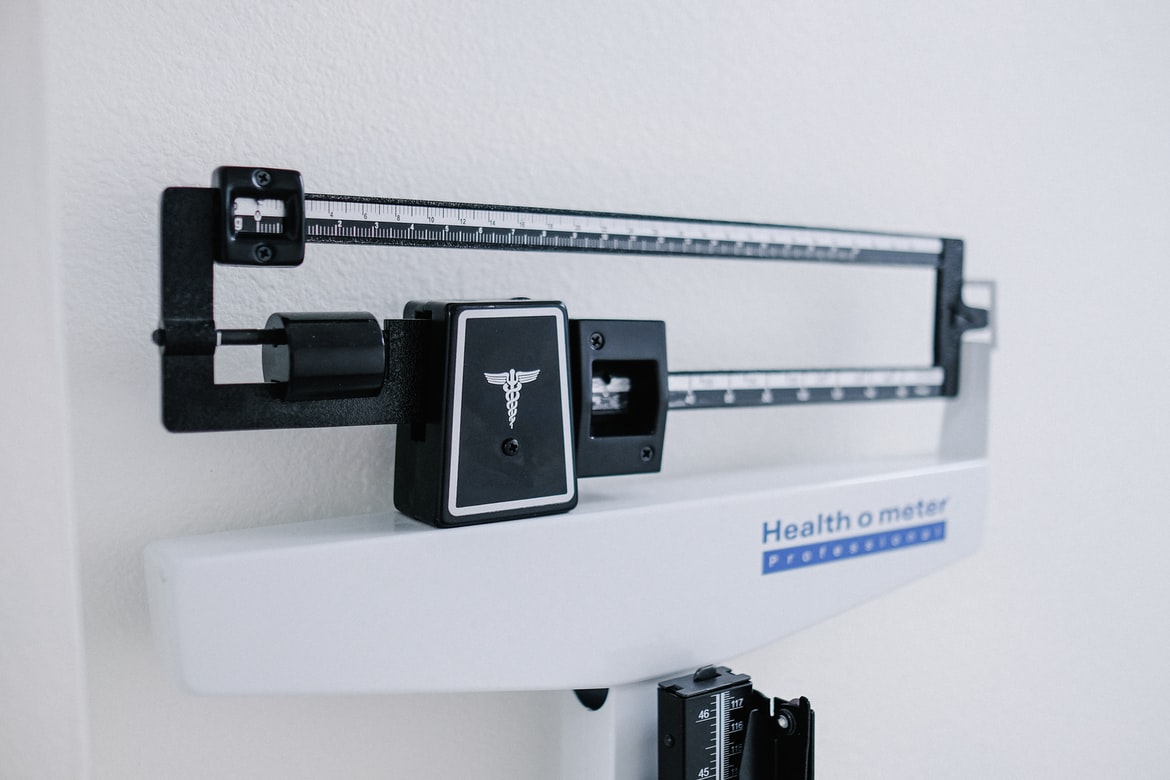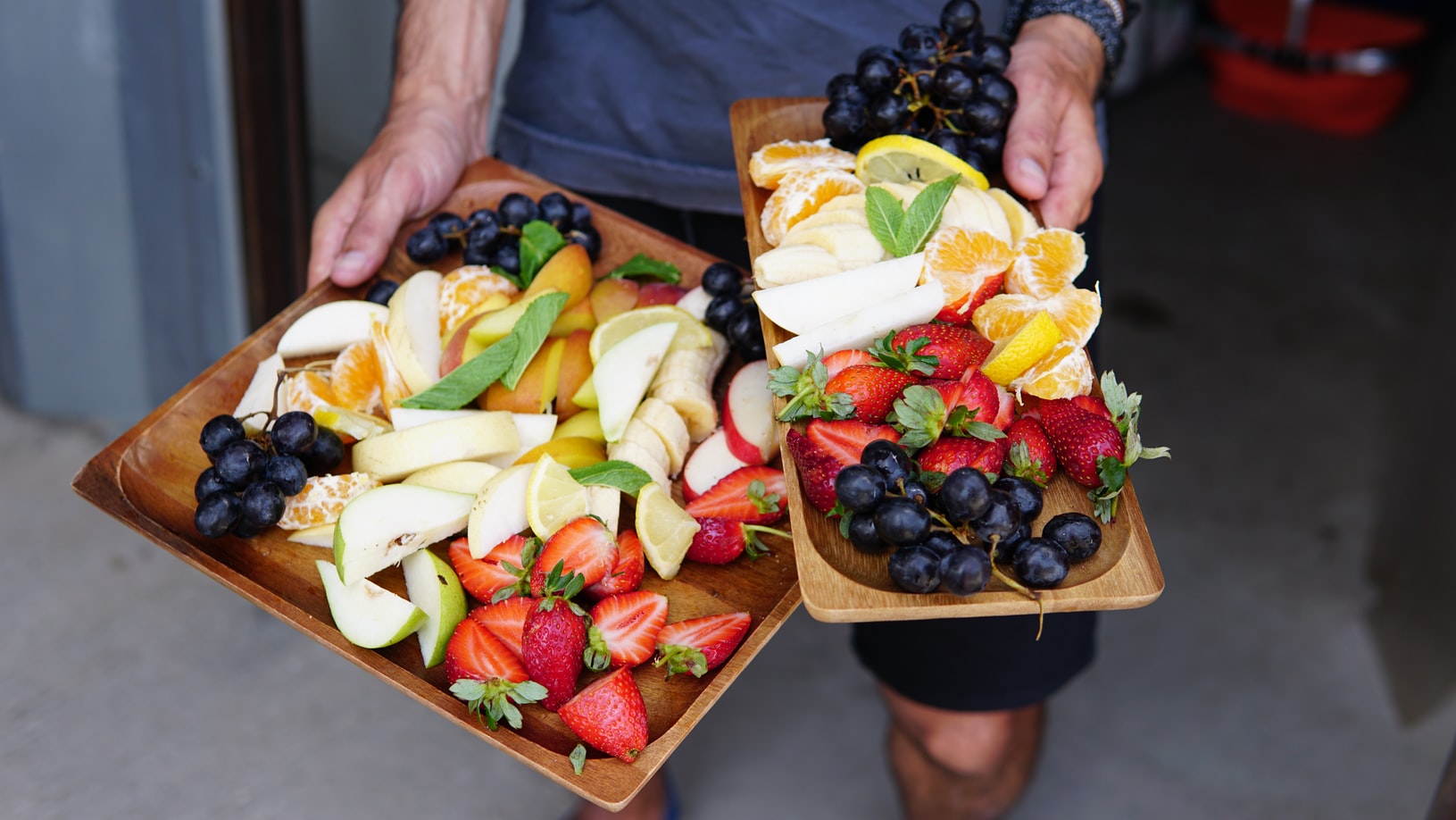The human diet has changed drastically over just the last 100 years. Advancements in farming, preservation, transportation, chemistry, and more have made a wider variety of foods available to people. There's just one big problem with that. The human body doesn't adapt as quickly as food preferences do and cannot derive essential nourishment from much of what we eat today. Thus, people still thrive on the same foods they did over 10,000 years ago.
The paleo diet attempts to replicate the diet that humans evolved to thrive on in the Paleolithic era.
Humans consumed foods they could hunt or gather during the Paleolithic era, so their diet consisted of nuts, seeds, fruit, vegetables, fish, and lean meat. During this era, many people were nomadic and followed the food, so they didn't stay in a place long enough to farm crops or raise dairy cows. Thus, farmed crops like beans and grains, and dairy are not considered part of a paleo diet.
Why People Choose a Paleo Diet
Because of rapid changes in the human diet, people’s genetics are incompatible with the foods they consume, which has led to all kinds of sickness in the population. Those choosing to go paleo are wanting to give their bodies and minds the nutrients needed to thrive without the ultra-processed elements.
Some people find that the paleo diet helps them lose weight and manage certain lifestyle-related health conditions they developed from eating mostly processed food.
Paleo foods are high in energy and nutrition, with no empty calories weighing the diet down. Because of this, eating a balanced paleo diet can lower and stabilize blood sugar levels, which makes more energy available to the body.
What to Eat on a Paleo Diet
There are different schools of thought on how strict a paleo diet should be. But most people who enjoy fresh, whole, unprocessed foods will find it minimally restrictive. You can eat:
-
- Fruit
- Vegetables
- Seeds
- Nuts
- Lean meats, with a strong preference toward responsibly raised animals, including grass-fed cows and free-range chicken
- Wild animals (deer, rabbit, pheasant, etc.)
- Fish, usually wild-caught because they're richer in Omega-3
- Oils made from fruits and nuts (olive oil, walnut oil, avocado oil, grape seed oil)
- Eggs
When eating these foods, you will typically prepare them whole or minimally-processed with other paleo ingredients. Most spices are okay too. Recent anthropological discoveries have shown that our paleolithic ancestors did season their food when seasoning was available. Garlic, mustard seeds, wasabi-like seeds, and hot peppers have all been found at Stone Age cooking sites.
Foods to Avoid
Many of the foods you won't eat on a Paleo diet are considered "fillers" and are heavily present in modern diets. When consuming only the foods mentioned above, your body doesn't need "fillers."
People who eat paleo choose to avoid foods that would not have been available to their distant ancestors, including:
-
- Grains like wheat, barley, oats, rice. This includes corn, which is a grain. It also includes quinoa, although some paleo dieters cheat with this one.
- Legumes like beans, peanuts, lentils, and peas. This would include coffee and chocolate--both from beans.
- Dairy
- Refined sugar
- Salt
- Potatoes
- Highly processed foods
What Might a Typical Day's Meal Plan Look Like?
The paleo diet provides enormous variety once you’ve become accustomed to the diet. A day in the life of a paleo might look like this:
Breakfast
-
- Honeydew slices
- Two eggs scrambled with diced bell peppers and onions, seasoned with diced jalapenos or black pepper.
Lunch
-
- Broiled salmon, skin on
- Salad (spinach, tomatoes, crushed nuts, cucumbers, olive oil)
Dinner
-
- Steak
- Broccoli and carrots sauteed in olive oil
Dessert
-
- Butternut squash muffins made with almond flour and sweetened with a little honey
Snacks
-
- Nuts, avocado, fruits, carrots, celery, dried meats (prepared paleo style)
Things to Watch Out for with Paleo Diet
Eating a variety of paleo foods should generally lead to better health. The paleo diet also eliminates foods that commonly cause problems, such as dairy, wheat, soybeans, and ultra-processed foods. However, there are some eliminations that you may need to compensate for.
Paleo does get rid of beans and lentils which are a good source of fiber, but as long are you're eating ample fiber-rich vegetables and fruit, you'll sustain a healthy fiber intake.
It also eliminates potatoes that are one of the best sources of potassium, but potassium is also found in melons and nuts.

Finally, since you're not consuming any dairy, you'll need to ensure you're getting enough calcium. Other good calcium sources include nuts, seeds, salmon bones (which are soft and edible), okra, figs, broccoli, and most dark leafy greens, except spinach.
Paleo Meal Delivery Options
Meal delivery is becoming increasingly popular for people who want to adhere to a healthy diet like the paleo diet, but don't have the time or passion for planning and ensuring meals are paleo. These services provide pre-portioned ingredients and easy-to-follow recipes for any skill level to cook paleo at home.
Green Chef's paleo meal plan is phenomenal and widely considered a go-to option for those seeking a meal delivery service offering paleo dishes. The company provides a wide selection of meal options that rotate on a weekly basis. On your pre-scheduled delivery day, the premium ingredients arrive in kits that can easily be separated and stored for later use. Everything is prepped and ready to be combined for each meal, significantly reducing the amount of time needed to prepare and cook meals.
Once it's time to start cooking, simply gather the necessary ingredients and follow step-by-step instructions to create and enjoy restaurant-quality meals at home. Green Chef’s diverse meal options are balanced with both taste and nutrition in mind to help you optimize your paleo diet benefits.





